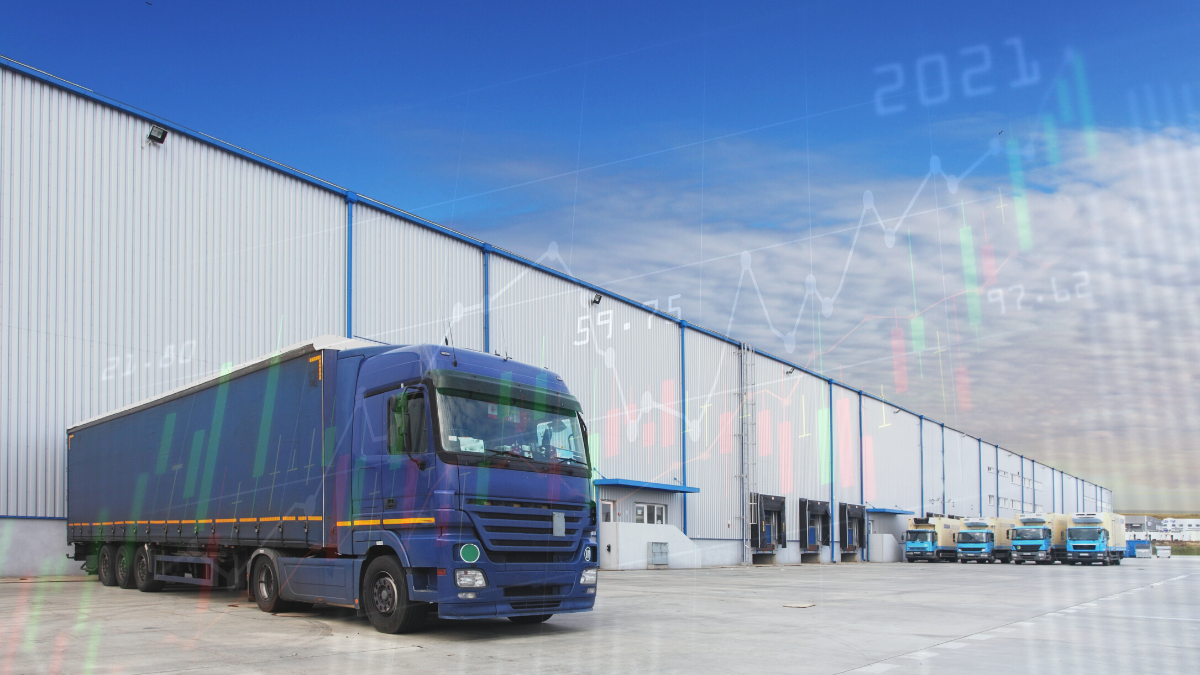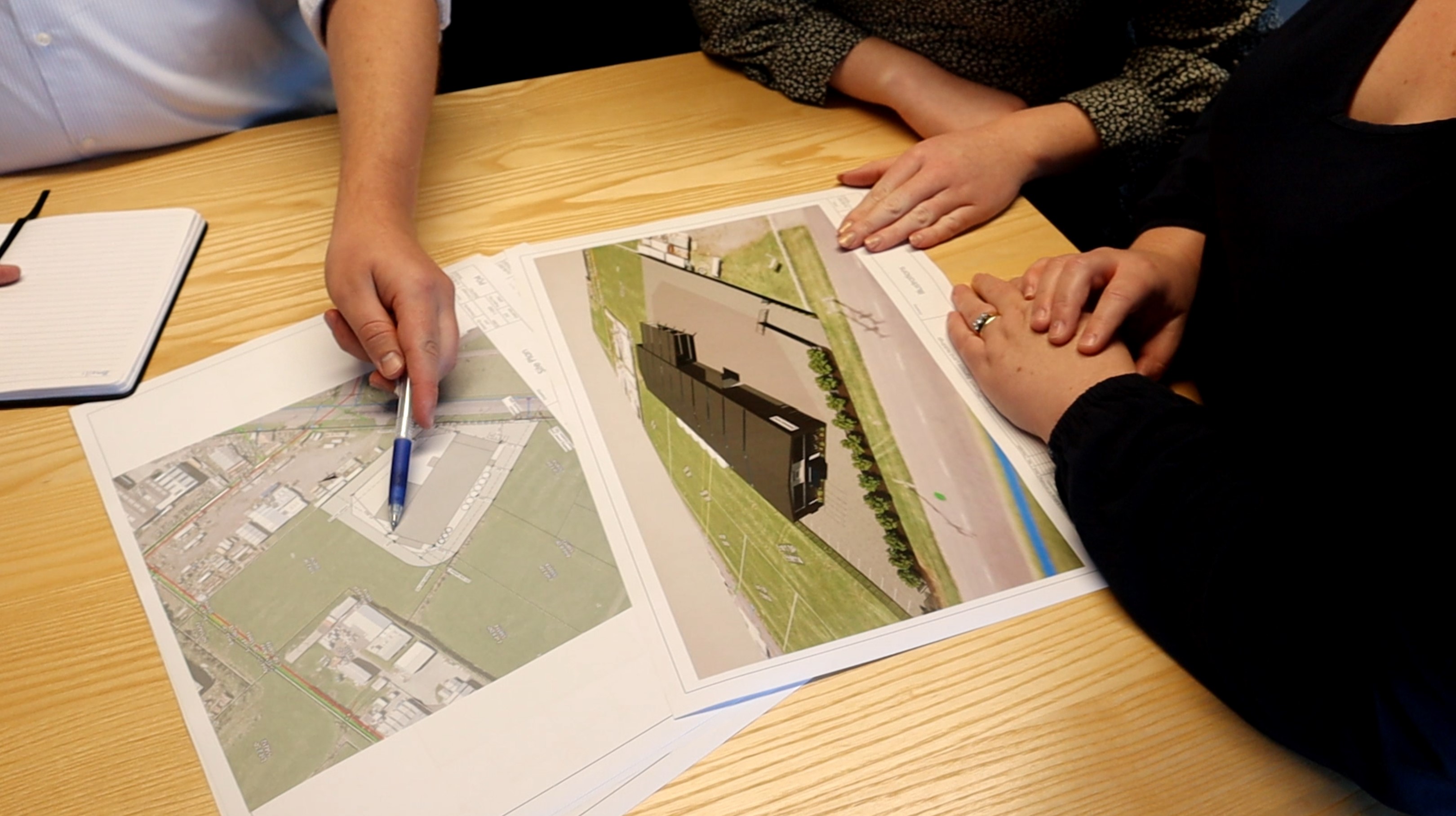Do I need to design my building to have accessible facilities?
A common question from business owners is: ‘Do I need to have disabled/handicapped/paraplegic facilities in my new building?'
There are a few parts to this question which we will explain below.
The first item to understand is the language used in the building code. In the building code, the term 'accessible’ is what is used to refer to access and facilities for people with disabilities.
Accessibility does not just cover toilets and showers; there are many other parts to this, including:
-
Access - i.e. ramps into buildings, corridors, steps, handrails etc.
-
Visual - i.e. to assist people with visual impairments. This covers things like manifestations on glass and fonts/colours on signs.
-
Reception - i.e. counters can be accessed by visitors and staff in a wheelchair.
The second part is to understand the difference between what is defined as ‘industrial’ and what is defined as ‘commercial’, as the accessibility rules differ between the two.
Is my building classified as Industrial or Commercial within a building consent?
When a building consent authority (BCA) reviews a building application, one of the key documents they refer to is the Building Regulations 1992. Within this document, there is a list of definitions describing building classifications found here.
A commercial building relates to an occupant use involving one or more of the following:
-
Natural resource
-
Goods
-
Services
-
Money
These items can be developed, sold, exchanged, or stored in the building as part of the activity use.
Some of the examples given include:
-
Office (e.g. services)
-
Showroom (e.g. goods, services)
-
Storage facility (e.g. goods in a warehouse only, no manufacturing activity – see industrial below)
-
Transport terminal (e.g. services)
-
Computer centre, etc
An industrial building relates to when an occupant’s work uses material and physical effort to undertake one or more of the following activities:
-
Extract or convert natural resources
-
Produce goods or energy from natural or converted resources
-
Repair goods
-
Store goods (ensuing from the industrial process)
Examples referenced include:
-
Agricultural processing facility
-
Factory
-
Warehouse (e.g. related to storage of goods manufactured on-site), etc
:Therefore, if your business uses a warehouse simply for storing goods created elsewhere, then it is classed as a commercial use building. If that warehouse is used to store on-site manufactured goods, such as in an attached factory, then this is classed as an industrial use building. Both scenarios may have offices attached to them as part of operations; in both applications, these offices are classed as commercial, and therefore an industrial warehouse becomes mixed-use.
How does the building classification impact accessibility?
Under the Building Act 2004, Schedule 2 (found here) discusses the types of buildings that require access and facilities for people with disabilities. This schedule is an extensive list of 25 groups of building uses based on the categories detailed in NZBC A1 above.
All buildings classified as ‘commercial’ require an accessible design to be included.
However, not all industrial buildings are required to be designed for accessibility needs.
An accessible design for industrial buildings is required when:
- (y) factories and industrial buildings where more than 10 persons are employed.
Therefore, clarifying how many staff will be employed on-site (whether it is up to 10, or over) is required to establish accessibility compliance for industrial buildings. This can be clarified by the owner providing the number of staff - but often the fire report will contain a maximum occupancy load. This total number will be captured within the fire report to be submitted to the BCA with the building consent. It is important to note that this occupancy number can trigger accessible design requirements for other building features such as lifts, listening devices, etc. Depending on the type of business it may also include public visitor access.
On occasion, the fire report calculates maximum occupancy load for the use of the space available that far exceeds the actual occupancy an organisation currently intends to employ or host as visitors, thus activating the requirements for accessible access and facilities. It is good practice to have open and honest discussions with your BCA, design team, and fire consultant to understand what will be accepted for building consent approval. Resolution may include restricting the occupancy numbers of the building via a revised fire report and capturing this on a compliance schedule, but this is at the discretion of Council’s BCA and Territorial Authority (TA).
Will including accessible design in my building increase design and build costs?
%20(1).png?width=2000&name=V86%20%20Blog%20image%20(4)%20(1).png) It is recommended to future-proof the building’s potential from the start even if your business employs 10 or fewer people. Business expansion comes with a variety of costs so adding expensive upgrades to buildings can be avoided with upfront planning. For example, due to the nature of industrial building activities, staff may require a shower to be installed as part of building compliance. Incorporating an accessible unisex combined toilet and shower room within the sanitary facilities caters for more than people with disabilities, such as staff with temporary injuries requiring mobility devices (e.g. crutches), staff privacy for health and well-being reasons (e.g. colostomy bag, or parent needs), etc.
It is recommended to future-proof the building’s potential from the start even if your business employs 10 or fewer people. Business expansion comes with a variety of costs so adding expensive upgrades to buildings can be avoided with upfront planning. For example, due to the nature of industrial building activities, staff may require a shower to be installed as part of building compliance. Incorporating an accessible unisex combined toilet and shower room within the sanitary facilities caters for more than people with disabilities, such as staff with temporary injuries requiring mobility devices (e.g. crutches), staff privacy for health and well-being reasons (e.g. colostomy bag, or parent needs), etc.
Other building features to consider include at least one level threshold pedestrian access wider than the minimum width, a ratio of larger car parking spaces, lower or adjustable counters and desks (for both staff and visitors), shallower stair design, etc. These provide easier use for all users, often at a similar cost and effort to non-accessible design but increasing the spectrum of tenants or purchasers interested in the building at a later point in time.
If you decide not to future-proof your industrial building as you have 10 or fewer employees but at a later stage expand thus tipping over the 10-person threshold, the BCA will require you to improve the access and facilities for people with disabilities. Upgrading existing buildings can prove costly and disruptive to businesses and building owners, and this is further exacerbated if the new tenant or owner wishes to change the building’s use. Therefore, if accessible features are included from the start no or minimal improvements and upgrades should be required later.
The XL team can discuss your circumstances to determine if including accessible features will add any significant cost.
My business is industrial, so we won’t be employing anyone with a disability, right?
Both the Building Act and the NZ Human Rights Commission (found here) have information around this as their view is discrimination should not occur and there is equality for everyone. Disabilities, impairments, and access needs come in a variety of visible and invisible scenarios, and sometimes in combination. On top of that, a disability can be a permanent, or temporary scenario (eg. a staff member with hearing loss and temporarily on crutches). Not all roles of employment are negatively affected by a person’s ability to undertake certain actions or tasks. For example, an administration role at a desk or counter can be undertaken by a person using a mobility device or with a visual impairment that perhaps may not be able to use heavy machinery.
Very occasionally, the risk to health and safety faced by employees with disabilities, impairments, or access needs in certain roles is found to outweigh the requirement for accessible design within a building consent application but this decision can only be made by the government ministry in charge of building (currently MBIE) through a process known as a determination. This can be a complicated process and it is recommended to choose to incorporate accessibility wherever possible for the reasons outlined in the above paragraphs.


